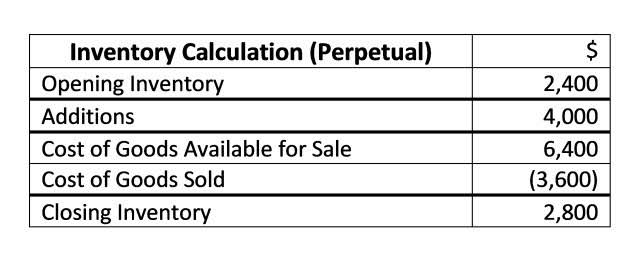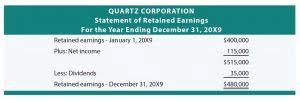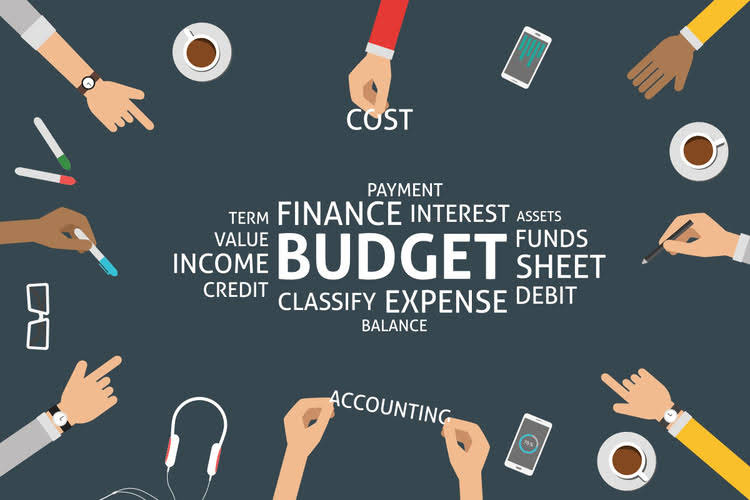
The double entry for receiving a loan debits Cash (asset increases) and credits Notes Payable (liability increases). For loan payments, debit Interest Expense and Notes Payable while crediting Cash. Categorize the interest portion as an operating expense on your income statement, and the principal portion as a reduction of liabilities on your balance sheet. The total payment appears as a financing notes payable journal entry examples activity on your cash flow statement, affecting your business’s overall liquidity. Manage loan payments by maintaining accurate records of all transactions, reconciling monthly with lender statements, separating interest and principal components, and tracking payment schedules. Use accounting software to automate calculations and maintain consistent record-keeping practices.
- We can make the journal entry for interest-bearing note payable by debiting the asset account and crediting the notes payable account on the day that we issue the note.
- Likewise, this journal entry will increase both total expenses on the income statement and total liabilities on the balance sheet.
- In this way, the $10,000 paid at maturity (credit to Cash) will be entirely offset with a $10,000 reduction in the Note Payable account (debit).
- There are other instances when notes payable or a promissory note can be issued, depending on the type of business you have.
- Notes Payable are a promise in writing whereby a borrower assures repaying the lenders within a specific period.
What if an accounts payable journal entry is incorrectly recorded?

Our Goods & Services Tax course includes tutorial videos, guides and expert assistance to help you in mastering Goods and Services Tax. Clear can also help you in getting your business registered for Goods & Services Tax Law. Just upload your form 16, claim your deductions and get your acknowledgment number online. You can efile income tax return on your income from salary, house property, capital gains, business & profession and income from other sources.
- Every credit transaction affects the AP ledger and some other relevant ledger.
- Notes payables are written promissory notes to repay a specified amount to a lender on a predetermined date.
- Even if a company finds itself in this situation, billsstill need to be paid.
- Since the interest is paid everyquarterly and is deemed short-term, this will be set up as an Interest Payable account and listed under current obligations.
- You create the note payable and agree to make payments each month along with $100 interest.
- Effective loan repayment management requires consistent record-keeping and regular reconciliation with lender statements.
3.1 Short-Term Note Payable
- In notes payable accounting there are a number of journal entries needed to record the note payable itself, accrued interest, and finally the repayment.
- Though choosing this option helps people refrain from paying more as interest when inconvenient, the same adds up to the total amount to be repaid in the long run, increasing the burden.
- However, the final lump-sum payment can be significant, and interest rates are often higher.
- A zero-interest-bearing note (also known as non-interest bearing note) is a promissory note on which the interest rate is not explicitly stated.
- After recording above journal entry, the buyer sends a debit note (also known as debit memo) to the seller to inform him that his account has been debited for the value of goods returned.
You’ll keep track of those purchases in your accounts payable ledger, with journal entries for every transaction that creates a liability. Leverage Cash Flow Forecasting in APPredictive forecasting helps companies make smarter decisions about when to schedule payments, improving cash flow management. By anticipating revenue dips, organizations can avoid piling up invoices during slower periods, all while maintaining good supplier relationships. Effective accounts payable management ensures that a company maintains good supplier relationships, avoids late fees, and optimizes cash flow. To understand the differences between notes payable and accounts payable, let’s delve deeper into this.
Accounting Journal Entries for Installment Loans
Issuing too many notes payable will also harm the organization’s credit rating. Another problem with issuing a note payable is it increases the organization’s fixed expenses, and this leads to increased difficulty of planning for future expenditures. It is important to realize that the discount on a note payable account is a balance sheet contra liability account, as it is netted off against the note payable account to show the net liability.
Notes Payable Account
In this case, we can make the journal entry for the accrued interest on note payable by debiting the interest expense account and crediting the interest payable account. The interest on note payable represents the interest expense that will occur through the passage of time. In this case, we usually need to record gym bookkeeping the accrued interest at the period-end adjusting entry if the note is a long-term one or the note maturity crosses the accounting period.

Account Receivable
Also, there normally isn’t an account for the current portion of long-term debt. It is simply a reclassification that happens as the financial statements are being prepared (often on the worksheet). On the maturity date, only the Note Payable account is debited for the principal amount. In addition, the amount of interest charged is recorded as part of the initial journal entry as Interest Expense. The amount of interest reduces the amount of cash that the borrower receives up front.
Cash

In this case, we can make the journal entry for the payment of notes payable by debiting the notes payable account and crediting What is bookkeeping the cash account. As mentioned, there may be an interest attached when we issue the promissory note. If this is the case, we should record the accrued interest at the month-end adjusting entry as time passed.

